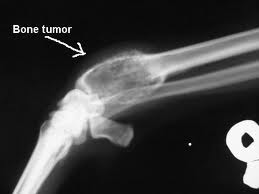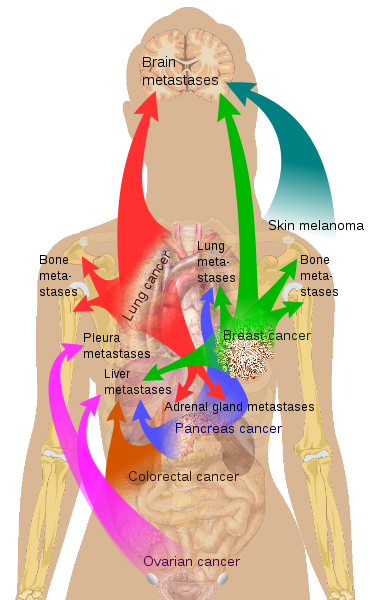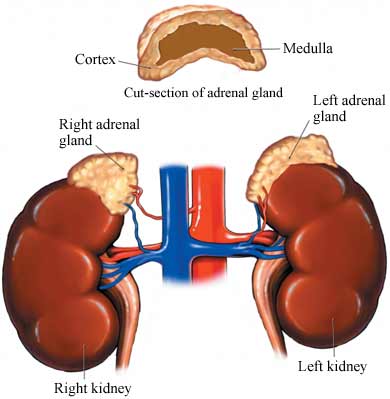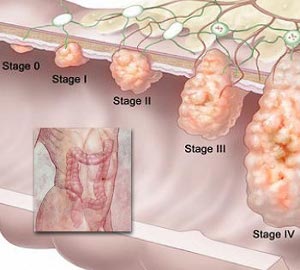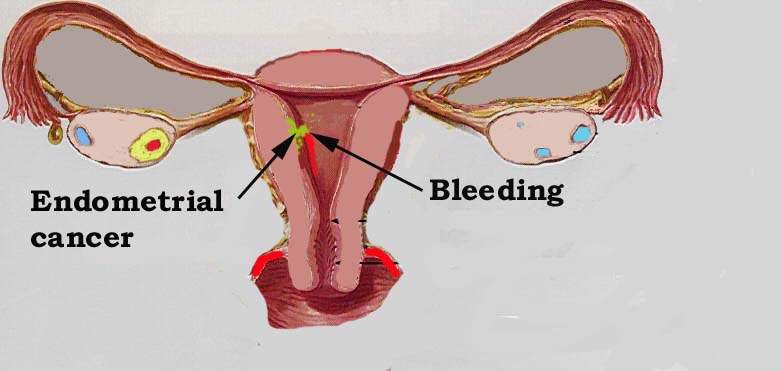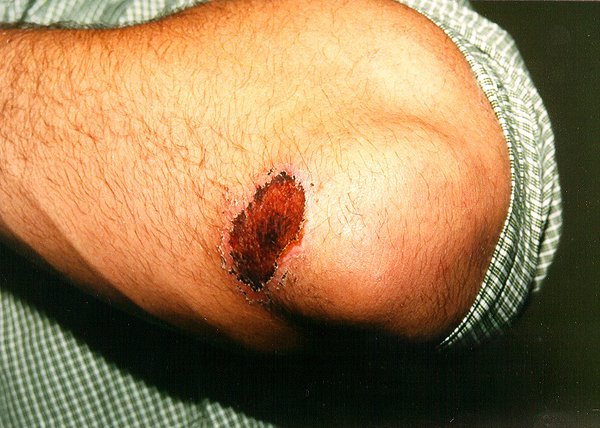A tumor is a collection of abnormal cells grouped together. However, not all tumors are cancerous. A tumor can be benign (not cancerous) or malignant (cancerous). Benign tumors are usually less dangerous and are not able to spread to other parts of the body. Benign tumors can still be dangerous. They can continue to grow and expand locally. This can lead to compression and damage to the surrounding structures. Malignant tumors are usually more serious and can spread to other areas in the body. Continue reading

